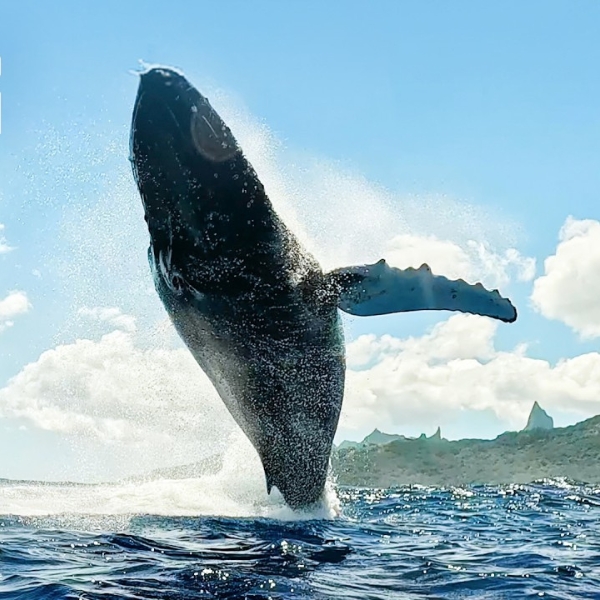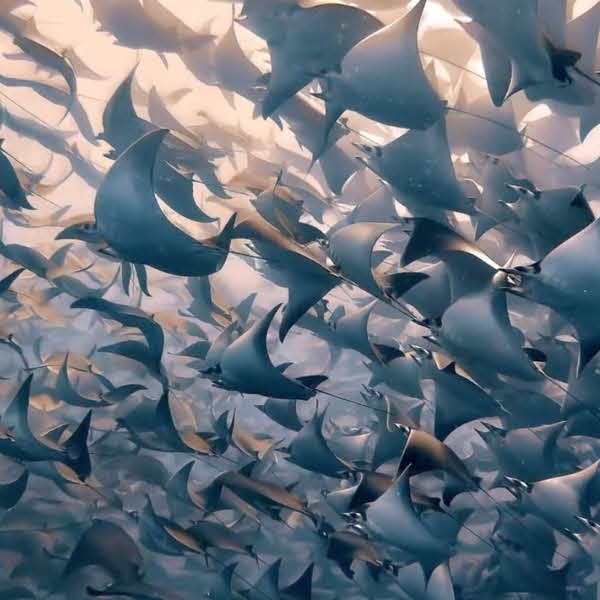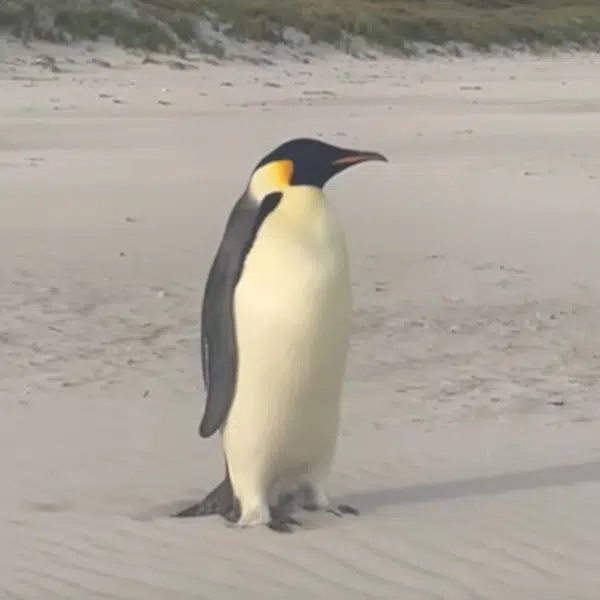Ver esta publicación en Instagram
A new species of ghost shark has recently been discovered off the coast of New Zealand. The deep sea creature was spotted by the National Institute of Water and Atmospheric Research (NIWA) in the Chatham Rise off the coast of New Zealand—roughly 1.6 miles underwater.
The ghost shark stands out for its unusually long nose, which can make up half its body length, and a whip-like tail. Researchers initially believed the fish was part of a well-known species found around the world. However, further investigation revealed it was brand new and a genetically distinct animal only found in New Zealand and Australian waters.
Ghost sharks are cartilaginous fish closely related to sharks and rays. They have smooth skin and beak-like teeth, and feed off small crustaceans. They are also known for their large pectoral fins, which allow them to glide through the water.
Also known as chimeras, ghost sharks are usually found at great ocean depths. Unfortunately, their habitat makes them hard to study and monitor. Stll, roughly 55 species of ghost shark have been discovered globally, with about 12 of those found in New Zealand and South Pacific waters.
“Ghost sharks are incredibly under-studied, there is a lot we don’t know about them,” Dr. Brit Finucci, a fisheries scientist at NIWA, told The Guardian. “Chimaeras are quite cryptic in nature—they can be hard to find in the deep ocean … and they generally don’t get the same attention sharks do, when it comes to research.”
To the researcher, discoveries like this are key as they allow scientists know more about how the species lives and helps determine the best ways to protect them.
Finucci, who helped discover this new species, named it Harriotta avia. The name contains a loving tribute to her own grandmother, as “avia” means “grandmother” in Latin. “I also liked the idea that … sharks and ghost sharks are the old, ancient, relatives of fish, and I was naming the animal after an ancient relative of mine.”
Ultimately, she hopes this discovery will help researchers understand and protect these species. “It’s really neat to be able to contribute to science. Understanding the animal itself can feed into further research and whether they need conservation management.”
h/t: [Boing Boing]
Related Articles:
Tiny Fish the Size of a Fingernail Can Produce Noises as Loud as an Elephant
Unlikely Friendship Between a Minnesota Woman and a Sunfish Enters Its Ninth Year
Divers Discover Incredibly Rare Handfish While Exploring Sunken Ship
Singer Harry Connick Jr. Snaps a Beautiful Drone Image of a School of Fish Forming a Heart






















































































